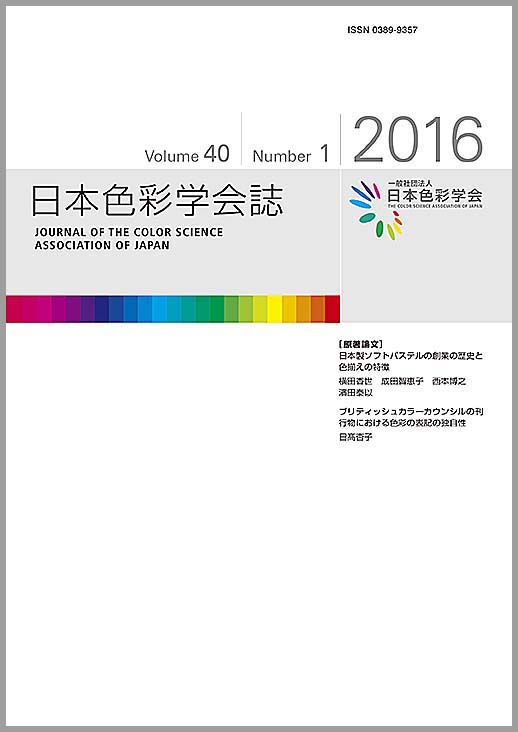In the early Meiji period, Japanese government promoted to introduce Western drawing. In increasing demand for the domestic production of the drawing materials, in compliance with a painter Chiyoji Yazaki,, a factory of Kyoto started to produce soft pastels for the first time in Japan in 1919.In this study, we investigated what kind of colors the then Japanese artists desired, by examining the colors of the soft pastels at the time of the factory’s founding. One of the characteristics of soft pastel is the prearranged wide variety of colors. Moreover, there are so-called distinctive traditional colors according to the regions and countries. Our hypothesis is that Japanese traditional colors were included in the original soft pastels.With the Munsell color system, we examined three Japanese-made soft pastel sets and one French-made set.We compared the relations between the pastel colors and those respective traditional colors. In parallel, we conducted interview survey with the manufacturer, the current president, about the startup history.The result indicates that the Japan’s first soft pastels were provided in response to the senses of color that Japanese traditionally have. Furthermore, to create the delicate color tones, the founder employed a unique material compounding methods. The fact that the founder was a Sunday painter and had sympathy for the artists must have contributed to come to produce Japanese soft pastels.
View full abstract
